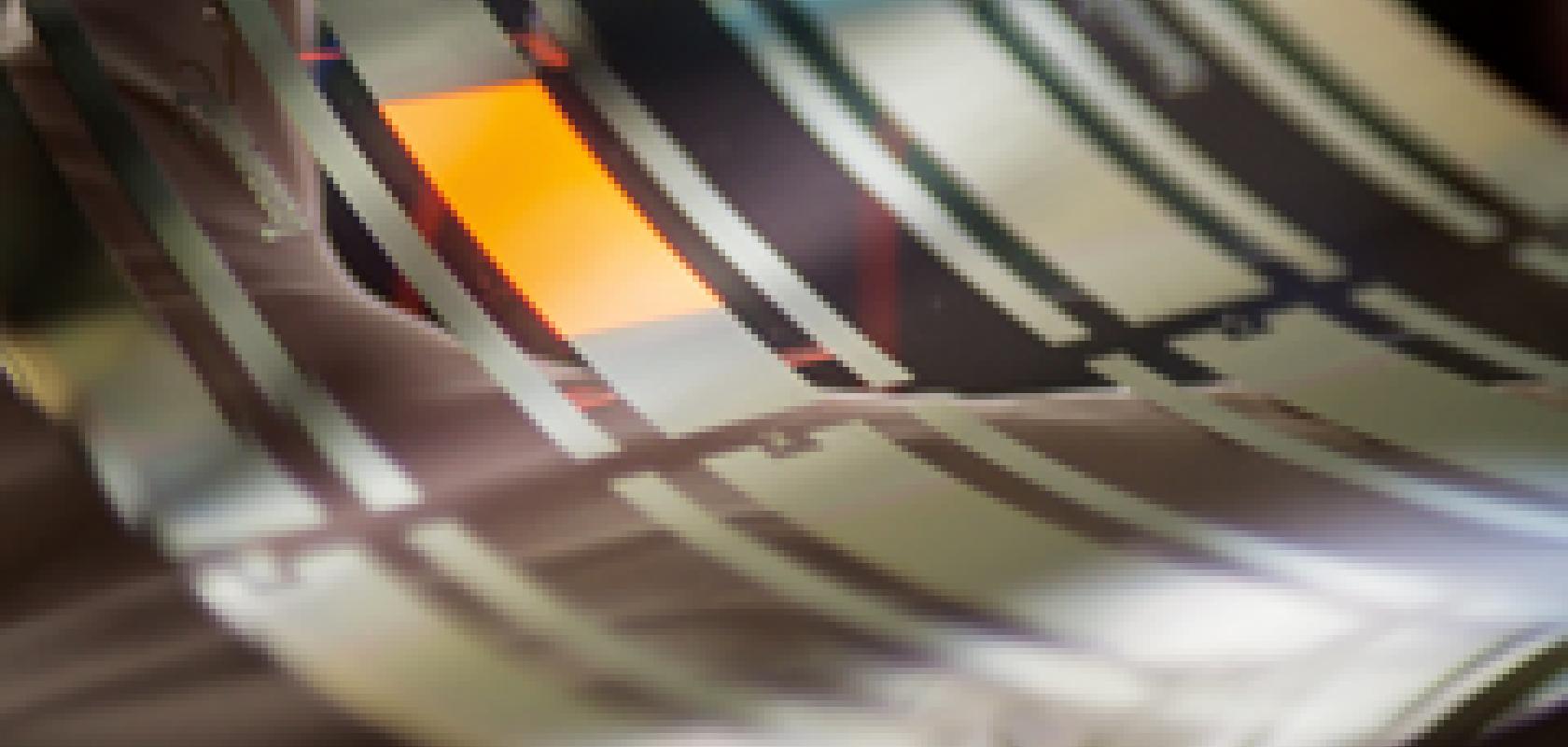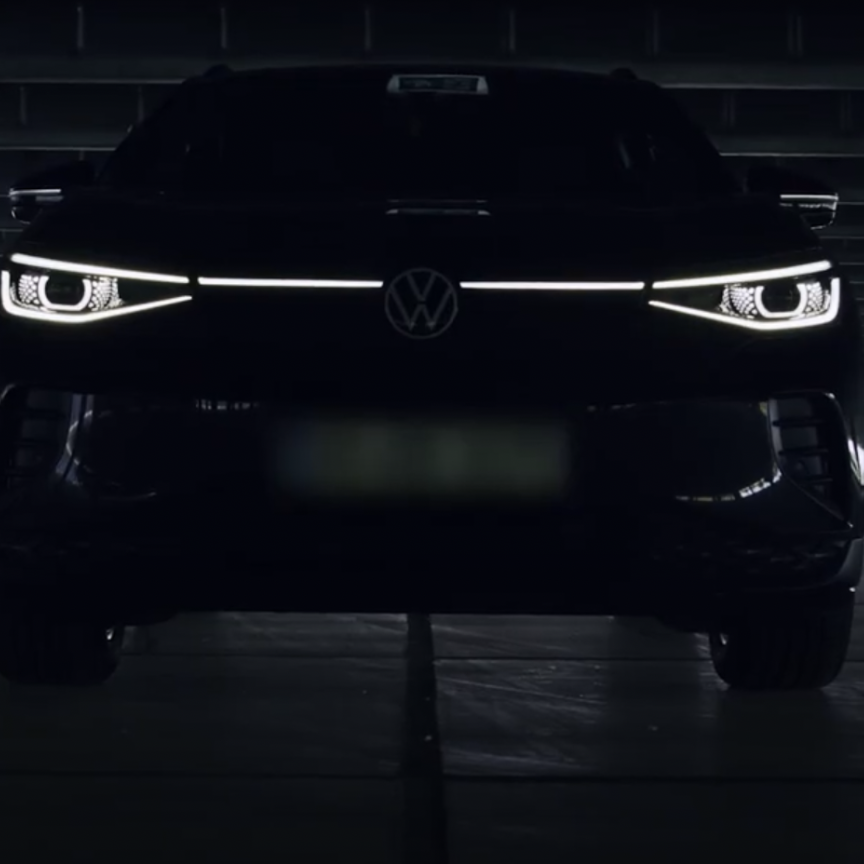Organic LEDs (OLEDs) have various design attributes which make them highly desirable as an alternative to existing lighting technologies – the technology can be made extremely thin, flexible, transparent, and can provide homogeneous illumination over large areas.
The last few years have seen OLEDs enter the display market, a notable example being Apple’s Smartwatch launched earlier this year. The technology can also be seen in most of Samsung’s smart phones, as well as in its OLED TV – the first ever television with a curved screen.
The sheer volume from the mobile phone market has meant that up until now, the display sector has largely been dominated by Asia, according to Michael Helander, president and CEO of OTI Lumionics. ‘It’s just the nature of display, because the manufacturing is just a massive scale – the expenditure to build a factory is several billion dollars, and there are only a few countries in the world that have national governments willing to support that… it’s very difficult for other countries to compete against that.’
Although the display market seems to be well established, OLEDs have design features which allow light to be used in ways that were not possible before – the potential for their use in other applications is huge, particular for design-driven markets such as high-end automotive and designer lighting.
In Europe, there are a number of government-funded projects involving research institutes, lighting companies and optical material businesses, which are working towards developing more reliable, cost effective manufacturing processes, as well as making the technology more adoptable to penetrate new markets.
The reason why European governments are funding such projects is to keep organic electronics manufacturing in Europe, explained Dr Stefan Mogck, head of department for Roll2Roll organic technology at Fraunhofer FEP: ‘Hopefully, we can keep the noticeable OLED lighting production in Europe in the future. The funding scheme of the European Union is based on this principle – to keep and extend most of the value chain in Europe.’
The Fraunhofer Institute for Organic Electronics, Electron Beam and Plasma Technology (FEP) is focusing on fabricating flexible OLED devices on different kinds of substrate. The scientists at Fraunhofer FEP are working on sheet-to-sheet and roll-to-roll based processes for the complete manufacturing chain.
In particular, roll-to-roll processes have good potential for high throughput and significant cost reductions using cheap substrates. The manufacturing method could address a mass market in the field of OLED signage and decorative lighting for use in cars and buildings.
The focus of the Flexible Organic Electronic (FOE) division at Fraunhofer FEP is to test new substrates, improve OLED technology, and to understand reliable roll-to-roll and sheet-to-sheet processing for the possible up-scaling of pilot production in the future.
‘We know, in principle, OLED technology is proofed on a laboratory scale,’ said Mogck, adding that now the challenge is to scale up the manufacturing methods for a stable yield and at a sufficient volume. He said that now the goal is to drive down the cost of producing OLEDs, find a market entry point, and reach a breakeven point so that investors and consumers will accept the technology. ‘This is really under discussion – which product will reach the mass market.’
The general lighting industry is showing promise as a new mass-market for OLED technology, which will in turn help to drive down production costs. However, they will not stand to replace existing LED lighting, Mogck added, but rather be purchased for their design features: ‘The market we addressed at the beginning was the general lighting market, but at present it is experiencing a strong competition with the LED market. But we still think that the OLED can exist in a complementary way to the LED.’ OLED devices can provide a solution where homogeneous illumination over a large area is required, as well as for lighting products that are thin with a small installation depth.
One company that has already launched an OLED lamp for consumers is OTI Lumionics. Its Aerolight is marketed as the ‘world’s first OLED lamp’ and is currently on sale for $299.
According to OTI’s CEO, Michael Helander, the company’s initial goal was to develop a concept that could demonstrate the design capabilities of OLEDs; however, it soon became apparent that many people wanted to buy the product.
The company focuses on customisation and low volumes, so rather than adopt similar manufacturing processes to the high-volume display market it developed a new manufacturing method from scratch, designed specifically for the lighting industry.
Helander pointed out the importance of thinking about the final product when introducing OLED technology to new markets: ‘Everyone talks about the manufacturing, the costs and all of these barriers and what they forget about is the actual consumers,’ Helander said.
‘They forget that while it’s great that costs come down, and that the company needs to make the manufacturing cheaper, but if people don’t produce really compelling products, it doesn’t matter what the cost is,’ Helander continued.
‘There are actually quite a lot of technical challenges of turning the raw panel into a finished product – such as how you make it easy for designers to work with, how you design a product in a way that it shows off the magic of the OLED light source, rather than just making it look like something you could do with fluorescent or LEDs’
High-end automotive
Another potential market for OLEDs is for use in luxury cars – for example large illumination panels placed in the roof or the windows – whereby the design attributes would outweigh the extra cost. ‘OLEDs will first be introduced into high-end automobiles, and then achieve, step by step, a broader market acceptance,’ noted Mogck.
However, the automotive industry has high reliability requirements, especially higher temperature stability than general lighting. ‘OLEDs have to suffer high temperatures of 100°C and high humidity, which is critical for the OLED materials at the moment,’ commented Mogck.
Addressing these challenges is one of the research aims of another government-funded German project, titled R2D2. The project consortium is led by Fraunhofer FEP and involves industry partners to cover the complete value chain, including material research (Novaled), equipment (Von Ardenne), and device technology (Osram OLED).
It is still early days for OLED technology, and although automotive and general lighting show great potential, this is only the beginning for OLEDs, OTI’s Helander believes: ‘A lot of the applications I don’t even have an idea of what they are, and many people don’t, because it’s a new type of light source, a new form factor – it allows you to put light where you couldn’t before.’
 Jessica Rowbury is a Deputy editor for Electro Optics, Imaging & Machine Vision Europe, and Laser Systems Europe.
Jessica Rowbury is a Deputy editor for Electro Optics, Imaging & Machine Vision Europe, and Laser Systems Europe.
You can contact her on jessica.rowbury@europascience.com or on +44 (0) 1223 275 476.
Find us on Twitter at @ElectroOptics, @IMVEurope, @LaserSystemsMag and @JessRowbury.


